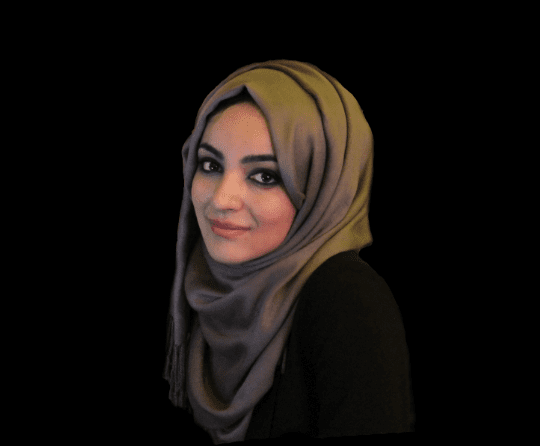Nestled within the winding roads of Morocco’s Rif Mountains is the small town of Chefchaouen, or Chaouen for short. The city’s name is derived from the word for horns in the language of the Berbers, the indigenous tribespeople of the region, referring to the mountain tops above the town which resemble a pair of goat’s horns.
Dubbed Morocco’s “Blue Pearl”, Chaouen is steeped in history and charm. It was founded in 1471 by Moulay Ali Ben Moussa Ben Rached El Alami as a small fortress for exiles from Spain. Between its mesmerising beauty and its stunning natural surroundings, Chefchaouen is rightly referred to as Morocco’s hidden gem.
The city’s maze-like medina is covered in captivating blue hues that give it a unique feel and character. The laidback traditional way of life of the locals is also easily noticeable, with children playing in the city’s narrow streets and the locals meeting up for a chat.
![Walking through Chefchaouen - the Blue City [LSG05 / Flickr]](https://i0.wp.com/www.middleeastmonitor.com/wp-content/uploads/2017/03/Souq-way-of-life.jpg?resize=1200%2C800&ssl=1)
Walking through Chefchaouen – the Blue City [LSG05 / Flickr]
![Chefchaouen - the Blue City [Damien Fauchot / Flickr]](https://i0.wp.com/www.middleeastmonitor.com/wp-content/uploads/2017/03/Blue-Souq.jpg?resize=933%2C524&ssl=1)
Chefchaouen – the Blue City [Damien Fauchot / Flickr]
![A blue door in Chefchaouen [Trevor Huxham / Flickr]](https://i0.wp.com/www.middleeastmonitor.com/wp-content/uploads/2017/03/8664386395_e858ab97d7_k.jpg?resize=222%2C333&ssl=1)
A blue door in Chefchaouen [Trevor Huxham / Flickr]
There are several theories as to why the city’s walls were painted blue. While some say that the blue walls serve to repel mosquitoes, the custom is thought to date back to the 15th century, when Jewish refugees fleeing the Spanish inquisition settled in the area and brought with them their tradition of painting things blue.
A colour of divinity in Judaism, the blue is meant to mirror the sky and heaven, and act as a reminder of God. Chaouen’s Jews may have moved on, but the tradition of painting the city’s walls and stairs, even lampposts and trash cans, blue lived on. Whatever the reason, Chaouen’s distinctive beauty makes visiting the city a must.
![Chefchaouen , a lovely town located among the Rif Mountains , Morocco [Franx' / Flickr]](https://i0.wp.com/www.middleeastmonitor.com/wp-content/uploads/2017/03/Chefchaouen.jpg?resize=1200%2C800&ssl=1)
Chefchaouen , a lovely town located among the Rif Mountains , Morocco [Franx’ / Flickr]











